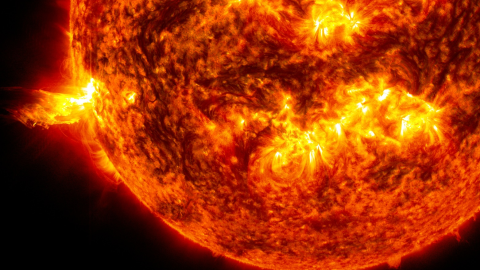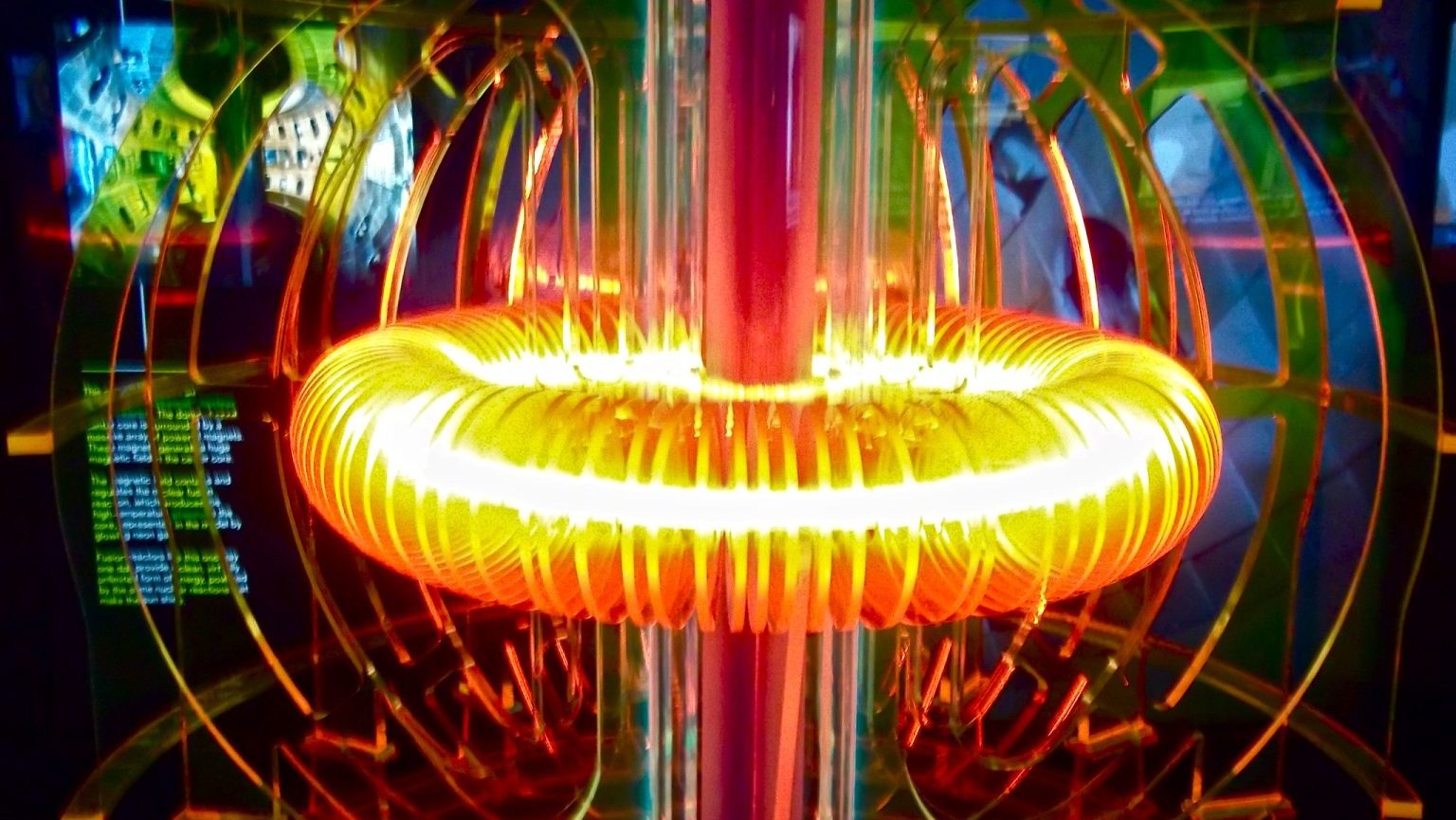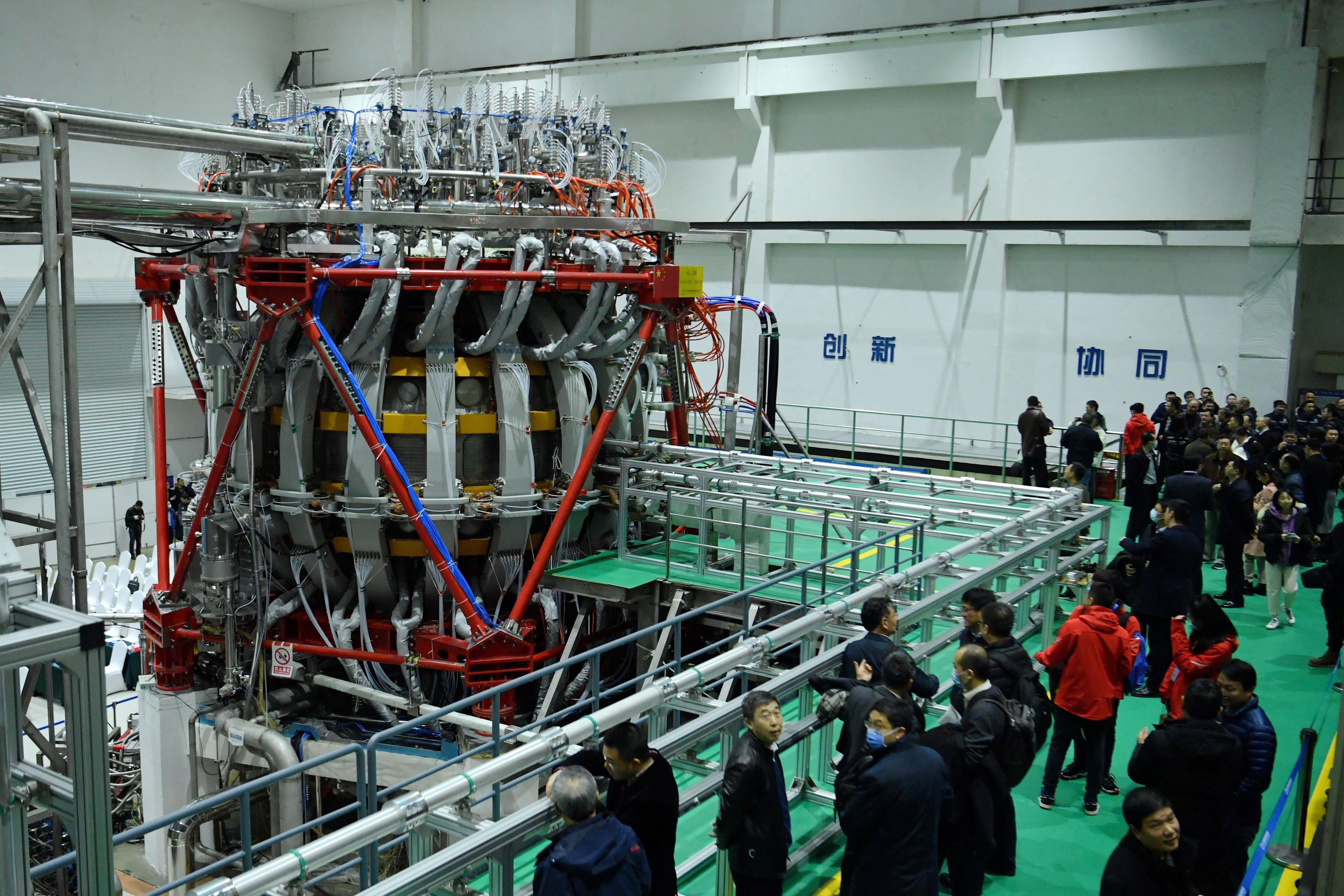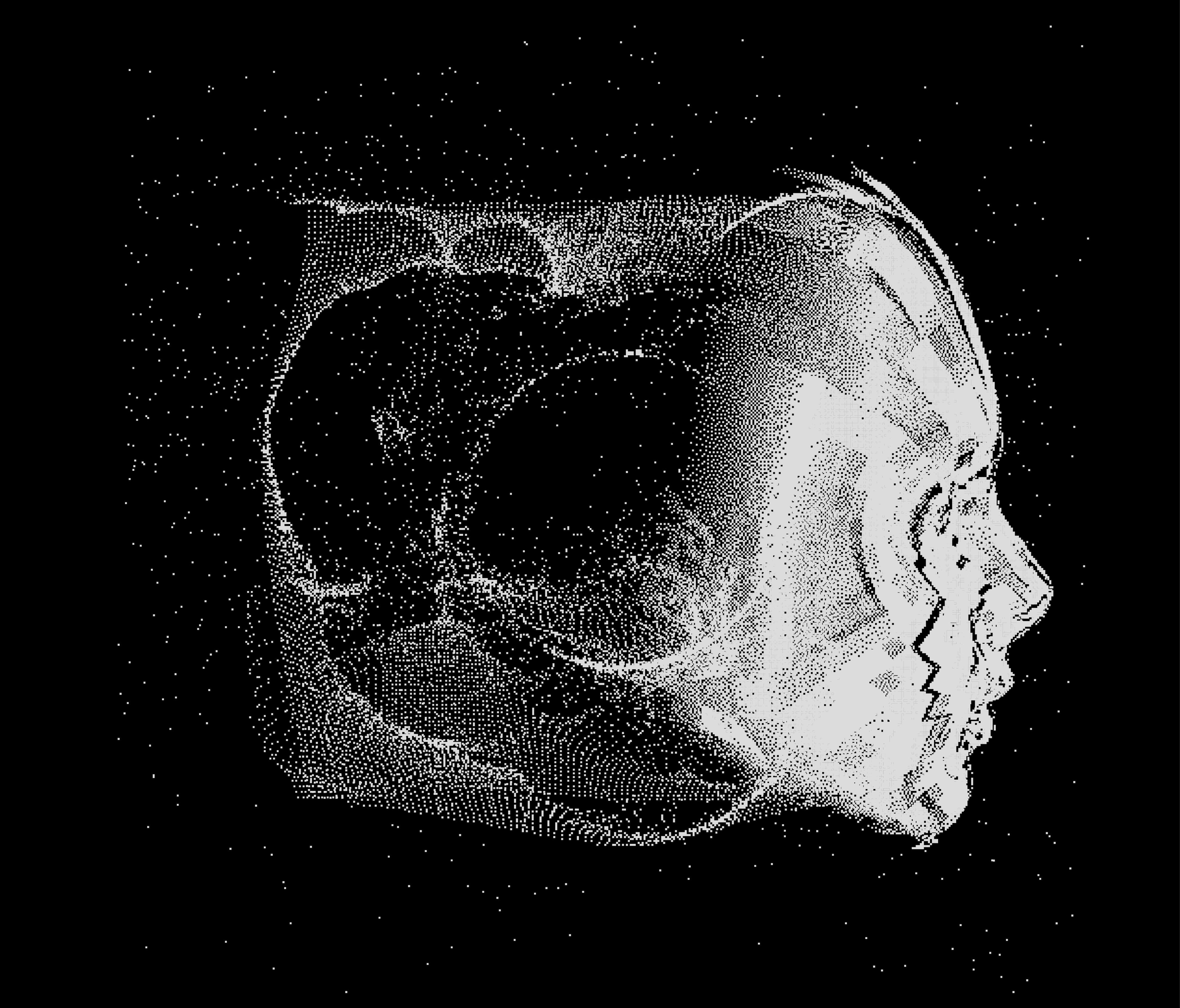Physicists discover how to safely create star power on Earth

NASA's Solar Dynamics Observatory. (Courtesy: NASA/SDO)
- A new study from Princeton physicists successfully uses boron powder to control nuclear reactions in plasma.
- Creating plasma can lead to an unlimited supply of energy.
- The new method is cheaper and less dangerous than previous approaches.
Humanity’s huge appetite for energy has led scientists to attempt harnessing nuclear fusion, the power inherent to the sun and other stars. Now, a new study from Princeton physicists found a method that can aid the safe creation of fusion on Earth, potentially leading to a limitless supply of electricity.
Fusion reactors work by combining light elements like hydrogen into plasma – a superhot and charged state of matter. During the fusion process, two lighter atomic nuclei are combined into a heavier nucleus, releasing energy.
The resulting plasma can be employed into generating a tremendous amount of energy but the fusion facilities, called tokamaks, face the hard task of trying to keep impurities out of reactions. These can lower the efficiency of the fusion, while the goal of the scientists is to keep the plasma as hot as it can be, actually ten times hotter than the sun’s core. This maximizes fusion reactions and leads to the creation of the greatest amount of electricity.
What scientists from the Princeton Plasma Physics Laboratory (PPPL) discovered is a way to inject boron powder into plasma, allowing for greater control, lowering greenhouse gases, and getting rid of long-term radioactive waste.
PPPL physicist Robert Lunsford was the lead author of the paper, published in Nuclear Fusion, that outlined the accomplishment.
“The main goal of the experiment was to see if we could lay down a layer of boron using a powder injector,” said Lunsford in a press release. “So far, the experiment appears to have been successful.”
Michio Kaku: Energies of the Future
By 2030 the physicist expects that we will have hot fusion reactors.
The method devised by Lunsford and his team uses boron to prevent tungsten in tokamak walls from interacting with the plasma. The tungsten can cause the plasma particles to cool, lowering reaction efficiency. The so-called boronization of surfaces that face the plasma is easier to accomplish with the powder, as it’s something that can be done while the machine is already running. This can allow the fusion device to be an uninterrupted source of energy. “This is one way to get to a steady-state fusion machine,” remarked Lunsford.
The powder method is also cheaper and less dangerous than the current practice of injecting potentially explosive diborane gas into the plasma.
The scientists envision further investigating the uses of boron powder, optimistic that this approach can allow them to understand the behavior of plasma in unprecedented depth.
Check out their new paper here.

PPPL physicist Robert Lunsford.
CREDIT: Elle Starkman / PPPL Office of Communications





